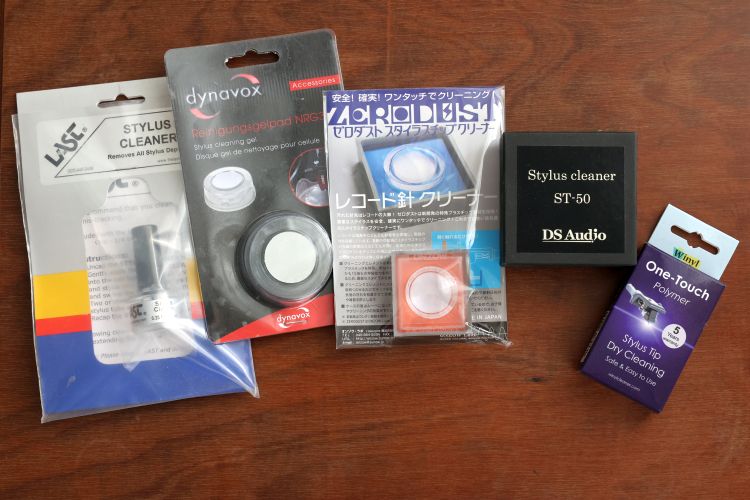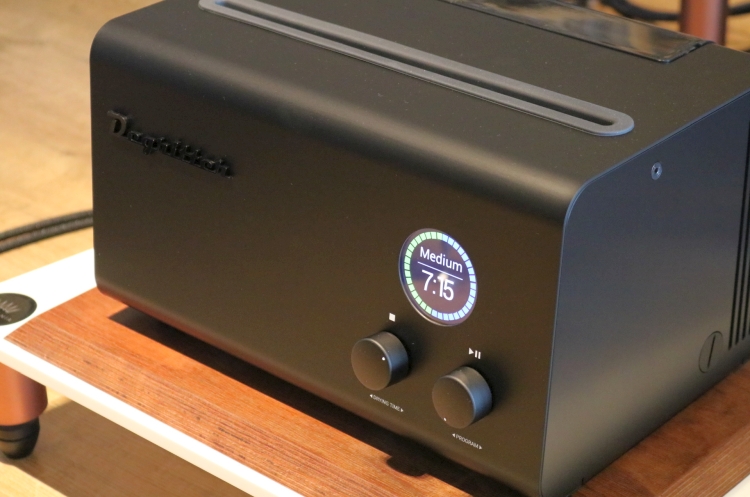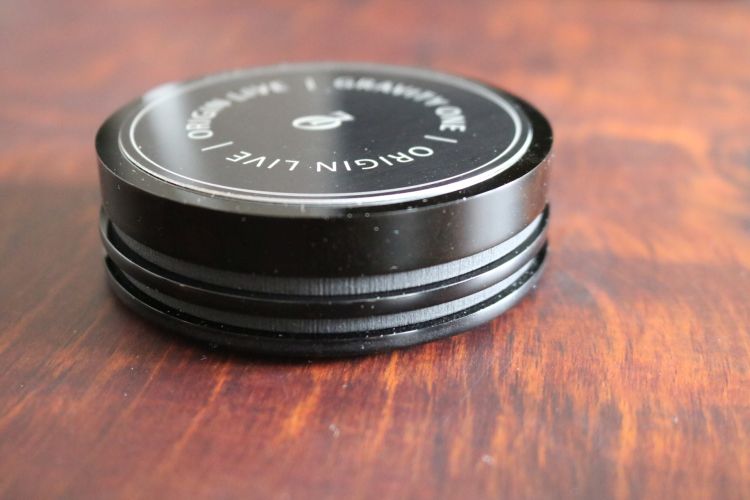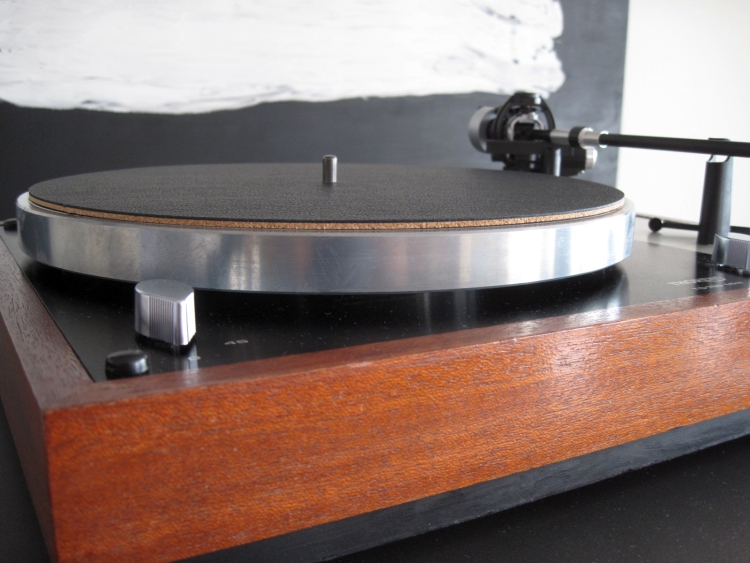
Luxurious Leather and Cork turntable mats
Review samples kindly provided by woodenbull
Retail price:
Black or Brown grip mat: $29.99
It was some time since I had played LPs but the thought of reinstating the turntable had been lingering persistently in the back of my mind lately. And so it was perfect timing when I was approached by John O’Regan of Wooden Bull, asking if I was interested in giving his Leather and Cork turntable mats a listen. The mats are marketed as “Grip mats” as opposed to “Slipmats”, but the latter would only apply to DJ-minded people that actually desire the LPs to slip using certain mats with high torque direct drive turntables. As I am firmly interested in the audiophile spectrum of music reproduction, I will refer to them simply as “mats”.
The mats consist of a layer of gel-infused cork with a layer of cowhide leather on top. The two layers are glued together with special care taken to prevent air pockets. The two materials combine to provide very good damping properties and a very firm grip on the record. The leather layer is available in black as reviewed here and in brown.
Being used to reviewing audiophile tweaks that cost an arm and a leg, I was delighted to find the pricing on the mats to be on the very affordable side. Given their quality finish, I expected them to be at least twice as expensive.
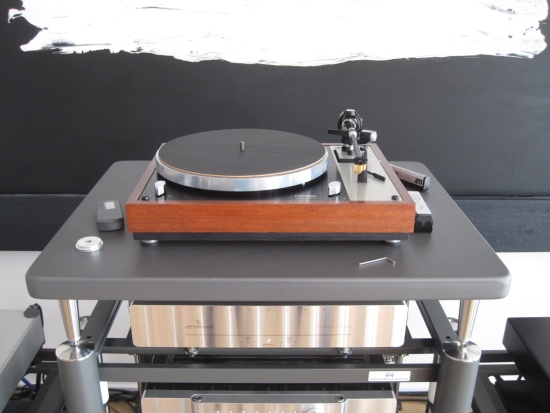
Sound
Substituting the thin felt mat (not the thick Technics felt mat type) that I used ever since the comparison with the Linn LP12, the Wooden Bull mat is a big improvement cosmetically, making the humble Thorens look a little bit more serious. Naturally, I adjusted the arm height to compensate for the thicker mat and luckily this is very simple and fast, and within 2 minutes listening continued.
Sometimes differences can be minute, making it hard for me to find ways to describe them, but not in this case: the Wooden Bull mat makes for a big increase in sound quality! The biggest improvement is in the bass. The Thorens is master of fine detail and is tuneful and has great pace, but it is limited in the bass department, lacking solidity and substance, and this can make the player sound thin. The Wooden Bull mat addresses this area to a remarkable extent, filling in the missing body and adding more natural tone (timbre) in the process. Because the bass is the foundation of the music, the midrange also benefits from this, becoming more sonorous and voluptuous in the process.
Importantly, because the Thorens, and my ribbon speakers as well, are so capable of fine detail and nuance, I am very wary of products that improve bass or dynamics, but at the expense of treble air or natural musical flow. Well, not to worry, as the Wooden Bull mat leaves these aspects fully intact, and without adding any thickness or congestion.
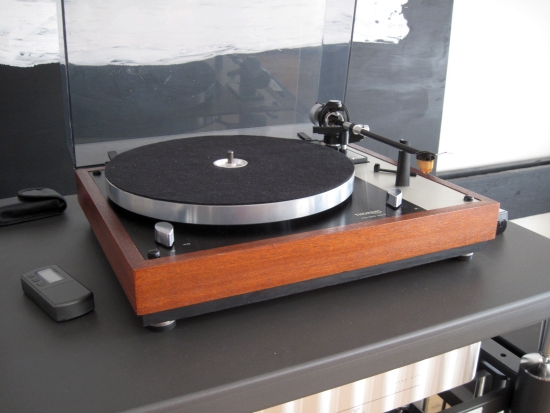
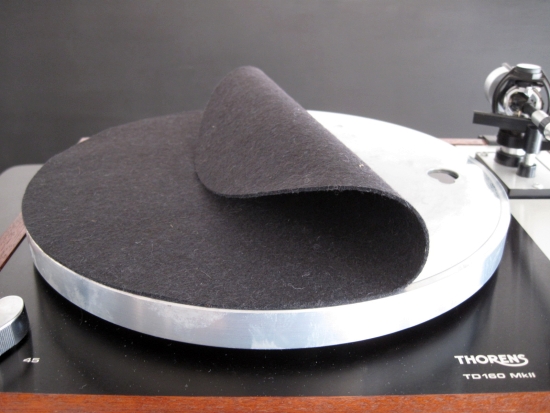
The Thorens came with a rubber mat but a thin felt mat was in use on it ever since the comparison with a Linn LP12 which also came with a thin felt mat. This was as part of a larger turntable comparison and after this I never removed the thin felt mat, because a friend with a Thorens turntable already informed me that it did not sound very good. But this would be the perfect opportunity to confirm this, so on went the original Thorens rubber mat.
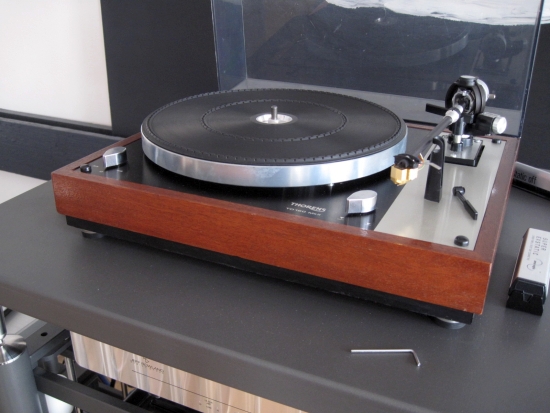
Looking at the Thorens rubber mat it occurred to me that actually only its two circular ridges make contact with the record. And sure enough, the sound is markedly different from both the thin felt mat and the Wooden Bull mat. The Thorens mat makes for an exciting sound. In some respect, it could be argued that it seems to make the sound more dynamic than the Wooden Bull, but I think it is more a case of the midrange being more forward and etched which creates the sensation of a more direct sound, much like a TV’s sharpness control. With the rubber mat, less than stellar recordings can even start to sound a little aggressive and here too the Wooden Bull mat provides a much more natural balance, preventing transient overshoot but retaining all the excitement. Another important difference lies in the tonality or timbre. Tonality with the Wooden Bull mat as described is very natural, but this is not the case with the Thorens mat. The latter has a distinctly thinner tonality and makes instruments sound less realistic, even somewhat synthetic.
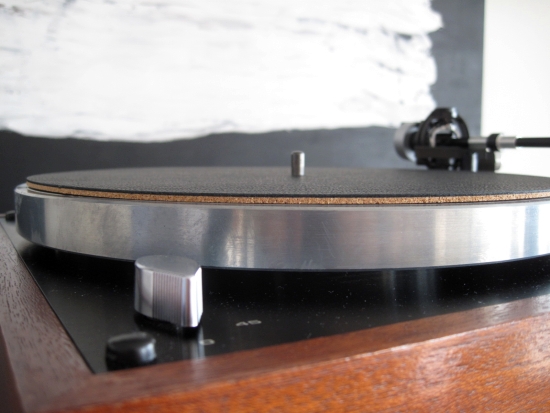
Quickly I replaced the Wooden Bull mat, just to double check my observations. Sure enough, the Wooden Bull brought back the natural timbre and sonorous tonality. The overall sense of attack with the Wooden Bull is indeed slightly less than with the original rubber mat, but much better than with the thin felt mat and, for this turntable/cartridge combination at least, spot on in balance for my taste. With the Wooden Bull mat, my sound is actually more dynamic than it has been for years, which makes me think that the original rubber Thorens mat may actually allow transients to overshoot. In any event, I find the Wooden Bull to provide the best set of sonic attributes for my humble Thorens.

No downsides then? Nope, I’m afraid not! But one thing to be aware of is the hole which needs to fit your spindle size. One would expect all spindles to be the same but they are not. Thorens happens to be on the larger than average side, so if you own a Thorens, make sure to request a larger size. I requested 7mm and this size fits the TD166MKII perfectly.
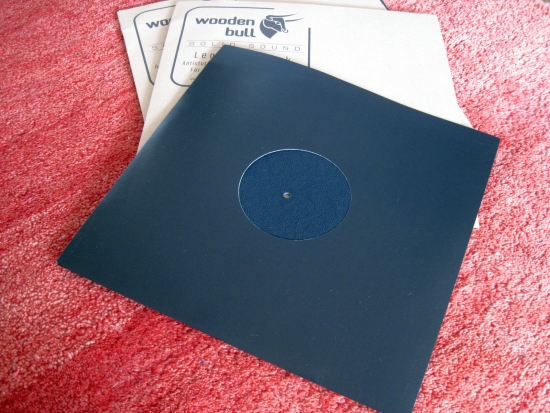
Conclusion
The Wooden Bull mat is finished to a high standard, sounds excellent and costs very little. If you have a turntable that allows swapping of mats (and has adjustable arm height) this is quite simply a no-brainer must-buy product.
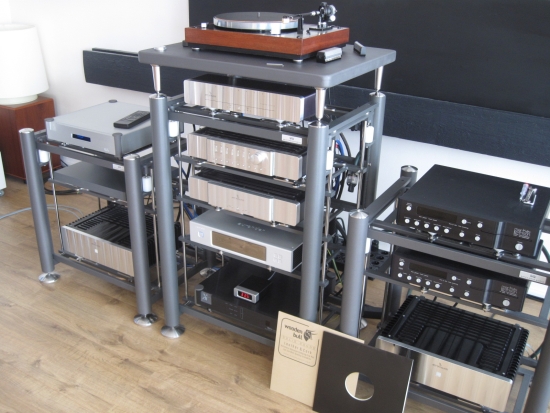
Turntable used: Thorens TD160MkII with Denon DL304MKII MC Cartridge
Mat Properties:
Upper layer: Leather which is Cowhide
Bottom layer: Gel Infused Cork
Diameter: 288mm
Thickness: 3mm
Default spindle hole size: 6mm (also available in 7mm or 8mm)
Videos on the Hifi-Advice YouTube Channel
Thorens TD1601 turntable compared to TD160 Super, TD160mkII, TD125mkII, and Linn LP12
HFA Front Page
External Links
Manufacturer: Wooden Bull
Get Free Shipping by entering the voucher code “HIFI-ADVICE” at checkout
